You probably saw the viral coverage of United Airlines dragging a passenger off a plane. It’s an example of what can happen when we try to push through difficulty by sticking to procedures, instead of pausing and exploring what’s happening and what we could learn from it.
When people feel stuck and frustrated, they easily end up like the cow in barbed wire: their efforts to wrestle free only make the situation worse… leading to more wrestling.
One of us recently took part in a meeting where there was a lot of conflict. Afterwards, some of the participants complained that the host should have used a different process to avoid the controversy. With the wisdom of hindsight they explained how things could have been run differently, to avoid the discomfort.
It’s easy to assume that frustration and conflict are somehow inherently wrong – to be avoided rather than engaged with.
The trouble with avoidance is that we can end up like that cow – the more we try to avoid difficulty, the worse the difficulty becomes. One problem with the word facilitation is that it encourages people to think a facilitator should make things easy for people.
Instead of making things easy, we try to practice bringing a sense of ease to things that normally provoke anxiety, urgency and over-reaction. Rather than run from challenges, we see if we can relax into them. I think it shows more confidence in the participants to slow down and explore what’s happening, rather than rush to “solutions”.
An everyday example is when we get a long silence in a go-round process. Groups often look at the facilitator as if to say, do something! say something! or change the process! But we find that if we wait long enough, a participant will say something that is worth the wait, and more useful than anything we could say or do.
And when we review any project we’ve worked on, it’s usually the difficult things that generate the most learning.
(Photo by Jannes Glas on Unsplash)
